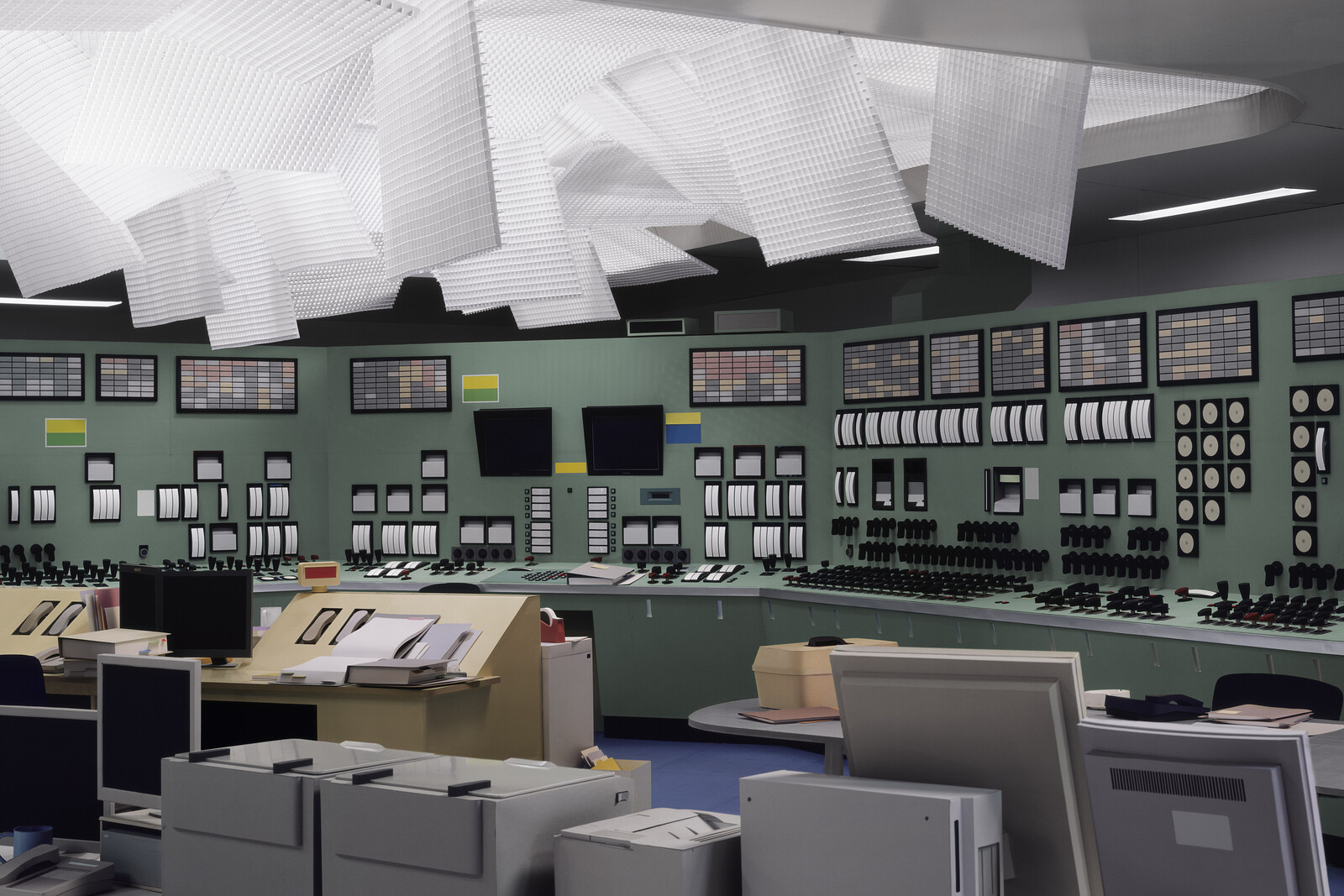The Stutter of History
July 8–September 4, 2022
From July 8 to September 4, 2022, UCCA Edge presents The Stutter of History, the first comprehensive survey of work by Thomas Demand (b. 1964, Munich, lives and works in Berlin and Los Angeles) in China. Capturing the uncanny intersections of history, images, and archtectonic forms, the exhibition features over 70 photographs, films, and wallpapers that span the arc of the artist’s career, and focuses on four important areas of his work: large-scale photographs depicting seemingly banal yet historically significant scenarios reconstructed from news images or other sources; “Dailies” based on images taken on his phone; photographic studies of paper models from other creative disciplines in “Model Studies”; and his moving image work. The exhibition is curated by Douglas Fogle for the non-profit organization the Foundation for the Exhibition of Photography and is organized at UCCA Edge by Ara Qiu, Mason Zha, Zhang Yao, and Lin Luqi. UCCA Edge thanks audiences for their understanding regarding the impact of recent pandemic-related restrictions on the exhibition’s originally planned opening date and duration.
For Demand, “The Stutter of History” lies in the gap between existing images that depict the world around us, the 1:1 paper models he meticulously builds to reconstruct these images, the photographs he takes of these models, the subsequent destruction of the models, and the para-photographic forms that then relaunch into the world. In the first section, Demand’s large-scale photographs depict scenarios from the margins of recent history, from the Gangway (2001) that Pope John Paul II descended on his visit to unified Berlin, to the polling centers for the contentious 2000 United States presidential election (Poll, 2001). A selection of works confront images associated with the Nazi regime and other traumas in German history, such as Room (1994), the site of a failed attempt to assassinate Hitler in 1944, and the ransacked Office (1995) of the Stasi. Closer to the present day, the “Refuge” series (2021) re-creates the bleak, generic Russian hotel room presumably occupied by American whistleblower Edward Snowden.
As a counterpoint to the public and monumental, the “Dailies” series (2008–2020), shown on the third floor, consists of photographs of paper models Demand reconstructed based on images taken with his iPhone. They depict the ordinary, sometimes humorous, and often overlooked moments that populate everyday life—a pile of unopened mail, a poster on a telephone pole, plastic cups stuck in a fence.
In his “Model Studies,” Demand enters into dialogue with models from other creative professions. The photographs on display here make fragmented and abstract studies of well-worn paper models from the architecture studio SANAA and the radical paper dress patterns of fashion designer Azzedine Alaïa, offering an alternative dimension to the use and haptic materiality of models.
Finally, the exhibition investigates Demand’s commitment to the moving image in his explorations of stop-motion filmmaking, as demonstrated in the work Pacific Sun (2012). Housed in a specially built cinema-like intervention, Demand fastidiously reconstructed this epic, absurd stop-motion animation film from two minutes of security footage from the cruise ship Pacific Sun as it was hit by gigantic waves off the coast of New Zealand. Its frenzied moments of uncontrolled chaos culminate in climatic absurdity, a state that is central to the gulf between the disquieting, utopian potential of his paper models and the mass consumption of their photographic doppelgängers.
Apart from individual artworks, exhibition design is an integral part of Demand’s conceptual approach to artistic production. With his architectural use of textiles, wallpapers, and temporary structures, Demand creates an immersive environment for the spectator, in which image and world collide.
Accompanying the exhibition, the English-language catalogue The Stutter of History has been produced in collaboration between art director Naomi Mizusaki, the artist, and his longtime publisher MACK. The catalogue contains an introduction by Douglas Fogle, an essay by art historian Margaret Iversen, and an original prose fiction piece by author Ali Smith.


